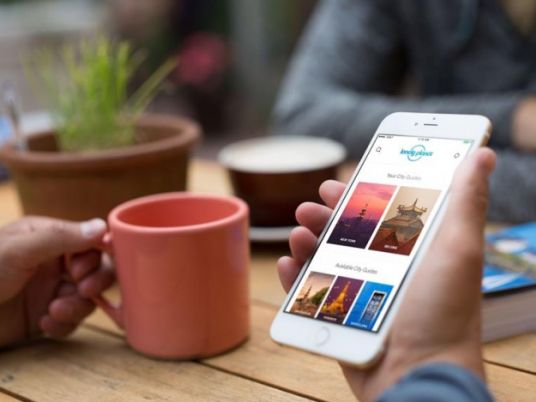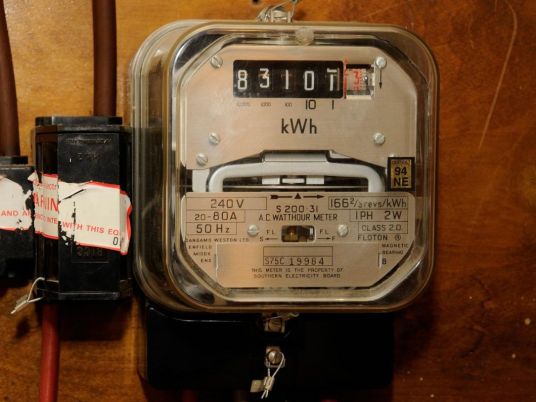
Smartphone apps designed to assist with suicide prevention may not necessarily get people in crisis the help they need or send the best messages about mental health, an Australian study suggests.
Rather than encourage users to contact a crisis hotline, physician or therapist, many apps are more likely to suggest people reach out to peers for help, the study of 49 apps found.
Worse, two apps listed methods of committing suicide, which might be intended as a prevention effort but could give dangerous ideas to people in distress, the authors note in PLoS One.
“Technology that reaches people directly including apps, phone conversational agents, and social media will play a huge role in public health and prevention,” said Dr. Eleni Linos, a researcher and epidemiologist at the University of California, San Francisco who wasn’t involved in the study.
“But I think we have yet to see the potential of technology for prevention,” Linos added by email.
Suicide is a leading cause of death globally, and there has been a rapid growth in the use of new technologies such as mobile health applications [apps] to help identify and support those at risk. However, it’s unclear whether the content in these apps can actually help people in crisis, or even if some features might be harmful.
To assess the potential of apps for suicide prevention, Mark Larsen of the Black Dog Institute at the University of New South Wales in Sydney, Australia and colleagues downloaded 123 apps referring to suicide and selected a subset with interactive features for their analysis. Larsen didn’t respond to requests for comment.
The apps were made for Apple’s iPhone and devices running Google’s Android software.
Apps tended to focus on a single prevention strategy, although safety-planning apps typically offered an average of about four approaches for prevention, the study found.
Peer support was the most common recommendation, suggested in 27 apps.
In 14 apps, users were directed to follow safety plans to minimize the risk of suicide with steps such as removing guns or weapons from the home or adding speed dials within the app for people to contact in a crisis.
Other common features included referrals to crisis or suicide support hotlines and prompts for users to self-screen for suicide risk, which were included in 13 apps.
Three apps recommended physician screenings, while two proposed psychotherapy.
One limitation of the study is that apps available in Australia may not be the same as versions distributed in other countries, the authors note. It’s also possible that the apps have been updated since the study was done.
There’s also little evidence to suggest which features within apps may be the most effective at preventing suicide.
Another issue with apps is that users have to install them and then decide to use them in a crisis, which might not always happen when people feel suicidal, noted Dr. Robert Steinbrook, a researcher at Yale University School of Medicine who wasn’t involved in the study.
More research is also needed to determine what features in apps encourage people to actually contact crisis hotlines or physicians, Steinbrook added by email.
“It is important to not only study the characteristics of smartphone applications but also to obtain information about how they are used,” Steinbrook said.




